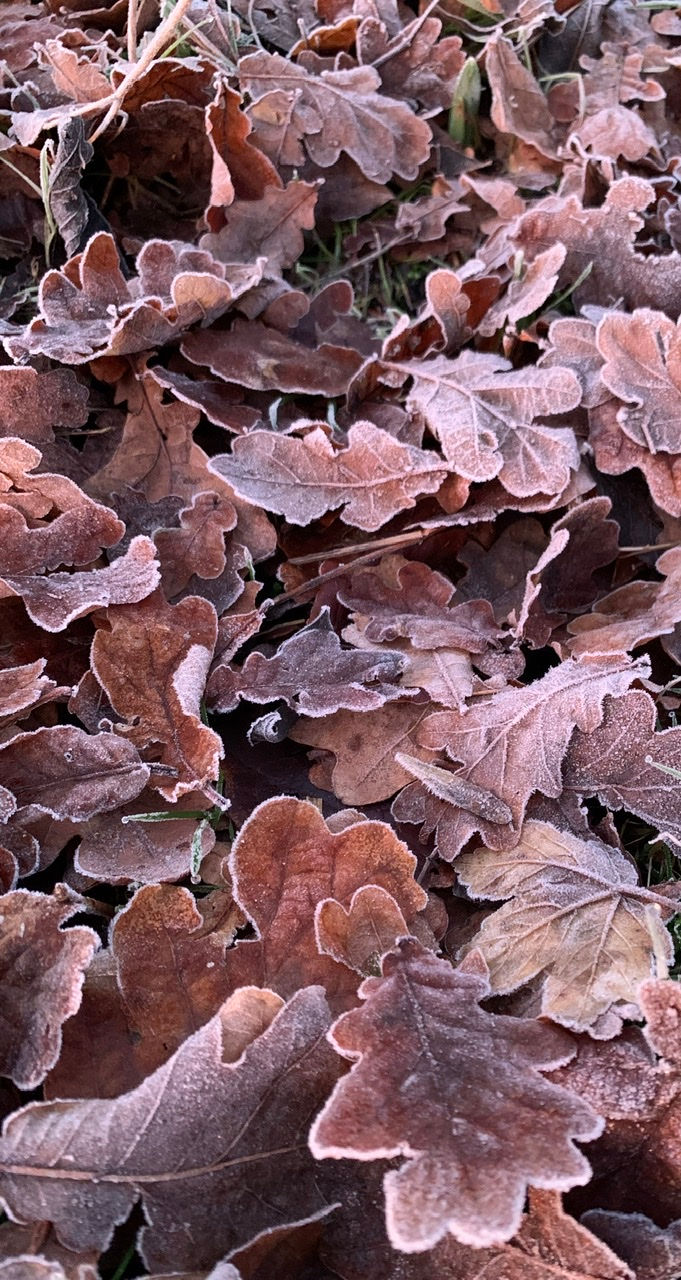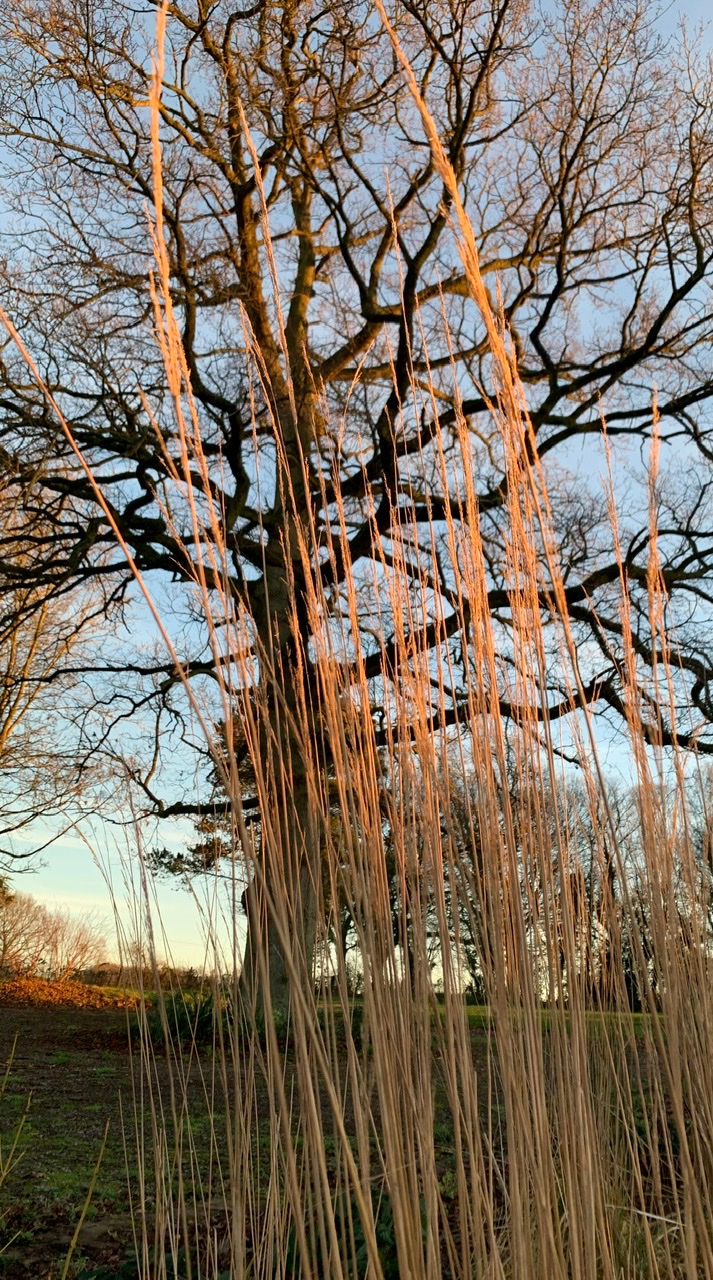
January provokes mixed feelings in people. The sense of relief, even jubilation, that a bad year has finally passed; the sadness at the sparkle of Christmas being over; the foreboding of looming clouds of commitments. Roald Dahl was said to have asserted “If I had my way, I'd remove January from the calendar altogether and have an extra July instead." This seems - perhaps fittingly for that author - akin to the childhood dream of skipping all that tedious starter and main course stuff and diving straight into pudding, or even better, puddings. Yet who wants to live in perma-trifle? January may be cold, dark, riven with health promises and blunt in its demands compared to the fluff and fancy of the festive holiday, but it is also the month of dreams and lists and sketches and plans. For gardeners, it is the month of the seed catalogue, an annual ritual enshrined in gardening lore and which comprises loosely of reading as many garden catalogues as you may lay hands on, then buying numerous packets of seeds of as many rare and extraordinary vegetables and flowers as you can find, while ignoring the reproachful packets of last year’s impulse buys lying unloved in the seed tins. In truth, you have some latitude with seed: if it has been kept cold, you can usually plant even 2-3 year old specimens successfully, but of course that is not the point - why would you not want the new variety of kale, a heritage tomato, that dazzling new tithonia colour, or the candy striped beetroot? If we planted everything that we have currently in our tins, I would firstly need that big old greenhouse pretty smart-ish, and secondly we would be well on our way to becoming market gardeners. Neither of these are about to happen, but we still spent a happy hour browsing the #ChilternSeeds catalogue, which means those perfectly labelled little white packets will be arriving soon. Happily, we also have the perfect excuse of taking - can I call it this? - pre-loved seed out to Dubai where it meets its fate in the sand and either thrives (cavolo nero, still giving generously in 35 degrees last May) or dies miserably (broccoli).

The outdoors beckons though, warm fires and seed browsing notwithstanding. After terrifyingly warm December days and nondescript damp greyness at Christmas, we have finally had some frost, and with frost comes sparkling blue skies and a crispness lacking in earlier weeks. The strange, scary, climate-shifted non-winter days feel flabby, soft and indistinct, yet capable of chaos-inducing effects in the garden. I typically leave summer seedheads on the plants to provide both shelter for small creatures and etched structure when not much is growing. Verbena bonariensis seedheads were a favourite with the goldfinches last year, but yesterday I found new shoots forming all the way up the old stems. This may sound like a good thing, but those plants have had no chance to regenerate and restore themselves through a period of dormancy, and are also vulnerable to any forthcoming freezes. There are buds on plants like the geums (May flowering), and I’m trying to restrain the roses. We are in uncharted territory, and it felt a relief to wake to crisp-veined leaves and sparkling lawns today.

Whatever the temperatures, winter offers a valuable opportunity to re-assess planting plans and make changes before the growing season begins in earnest, and before all your spring bulbs emerge, meaning that you cannot walk on any of the beds without causing carnage. I have spent the last few days making changes to the hot-coloured terrace beds, removing plants which have not quite abided by their descriptions (the cerise achillea which emerges white) and making space where overcrowding is an issue, like the lemon balm mugging the roses. The last of 500-odd tulip bulbs are going in too - very late, but they should be fine, and along with the alliums will boost the late spring-early summer palette in these beds which are predominately geared to the late summer flamboyance of dahlias, rudbeckias and the like. The east bed is gaining some real heft now as the young trees and shrubs mature, and on the west side, the swathe of giant oat grass (stipa gigantea) has earned the gold medal for extraordinary form and longevity through summer and winter. At some point next month I will have to remove the old seed heads, but for now it continues to glimmer in the winter sun. Its counterpoint on the east side, taller and more columnar and enjoying the mouthful of a name of calamagrostis ‘Karl Foerster‘ is also a star, lighting up the bank on even the greyest days. There is work to be done but also time at this point in the year to reflect and contemplate and enjoy the stillness in the garden: I would not trade it for another July, however much ice cream was involved.

Comentários